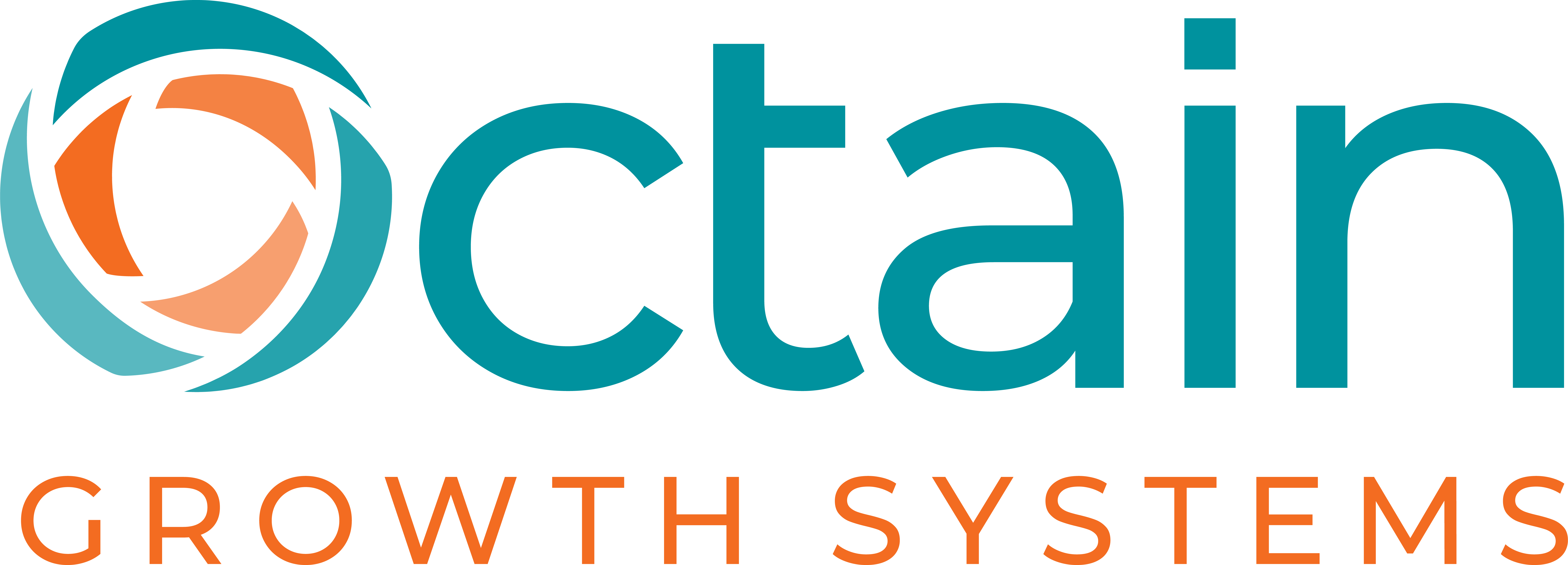Revenue and profits flow from two pillars of marketing and sales success: talking to the right people; saying the right things.
But what if you believe you are saying the right things, and your prospective clients are still not seeing the value you bring?
Or they get some of it but not enough to get them to raise their hand for your services?
Chances are your message is getting lost in translation.
That’s when the approach that you are taking and the words you are using don’t mean the same thing to your audience as they do to you.
It might sound something like this:
John is an IT solutions provider with a groundbreaking solution for data security.
During a meeting with potential clients, he explains the intricate algorithms and technical specifications.
John: “Our software uses a 256-bit AES encryption, ensuring top-tier security for all your data transactions.”
Prospect: “That sounds impressive, but how does it help my business?”
John: “We run a suite of sophisticated diagnostics so we can create a multitier architecture that’s low maintenance, flexible and robust.”
Prospect: “Low maintenance sounds good. I don’t want to spend a lot of money fixing my computers.”
John: “Great! You won’t have to worry when we install our new Vulnerability Manager. It’s a prioritization-focused vulnerability management software for enterprises that offers built-in patching.”
Prospect: Nodding slowly. “OK, let me think about it and get back to you.”
John’s message is in translation. His prospect is confused. John will have to work doubly hard to get that prospect back – if he ever can.
Now let’s consider another example.
Susan, a fractional CFO, is talking to a group of small business CEOs to educate them on the value of using a fractional executive for their financial planning, forecasting and management.
Unlike John, Susan has worked hard to make sure her message does not get lost in translation.
Susan: “Good morning, everyone! Today, I want to talk about how a fractional CFO can elevate your financial management and planning. Think of me as a part-time trusted partner focused on your business’s financial health.”
CEO 1: “Interesting. How exactly do you do that?”
Susan: “Great question! I help you by creating customized financial forecasts. For example, John, remember last winter when your sales dropped unexpectedly, and you had to scramble to cut costs?”
CEO 1: “Yes, that was a tough time.”
Susan: “If we had worked together, we could have forecasted that seasonal drop. We would have planned in advance to adjust your inventory and budget, so you wouldn’t have been caught off guard.”
CEO 2: “So, you help us predict our financial future?”
Susan: “Exactly! For instance, Sarah, your business saw a spike in demand last summer. With proper forecasting, you could have ramped up production ahead of time to meet that demand without stretching your resources thin.”
CEO 2: “That would have saved us a lot of last-minute hassle.”
CEO 3: “How is this different from what our current accountant does?”
Susan: “Your accountant focuses on recording and reporting past financial data. As a fractional CFO, I analyze this data to forecast future trends and provide strategic advice. Mike, think about the time you wanted to expand your product line but weren’t sure if it was the right financial move.”
Mike: “Yes, we hesitated and lost the opportunity.”
Susan: “With a strategic financial plan, we could have evaluated the potential return on investment and made an informed decision, possibly capturing that market opportunity.”
Mike: “I’m in Susan. I don’t want to waste another golden opportunity for growth!”
Which of these two trusted advisors sounds the most like you?
Do you feel a lot like John with a message that is constantly getting lost in translation?
Or are you confident like Susan that your audience sees your value, understands how you can help them and is raising their hand to become your next client?
Whatever state your message is in today, here are three tips to help ensure your message does not get lost in translation.
- Use plain conversational language. Avoid anything that even remotely sounds like jargon. Avoid any terms that your profession uses as shorthand to communicate among peers. One handy hack is to list the unique terms used in your industry or profession and replace them with everyday terms.
- Use real world examples from your audience’s life. Connect to what they are doing in their business every day of the week. Draw a direct, clear line from the problem they are having to the results you are providing. Make that line as concrete as possible as Susan does here when she speaks directly to Mike’s lost market opportunity. If you don’t know the audience or prospect well enough to use their personal experience, draw from the most common concerns of their industry, region or size of business.
- Know your audience as individually and intimately as possible. It starts with knowing your Ideal Client Profile but goes much deeper into their personal needs, wants and desires. Expand your ICP to focus on the motivations and values of each prospect. Do your research with a tool like Sales Navigator.
Need help making sure your message is not lost in translation?
Octain’s new Business Builder Blueprint will help you develop a distinct value proposition and an irresistible service offer that unequivocally articulates why businesses need to hire you as their trusted advisor, positioning you as the undeniable choice for driving their success.

